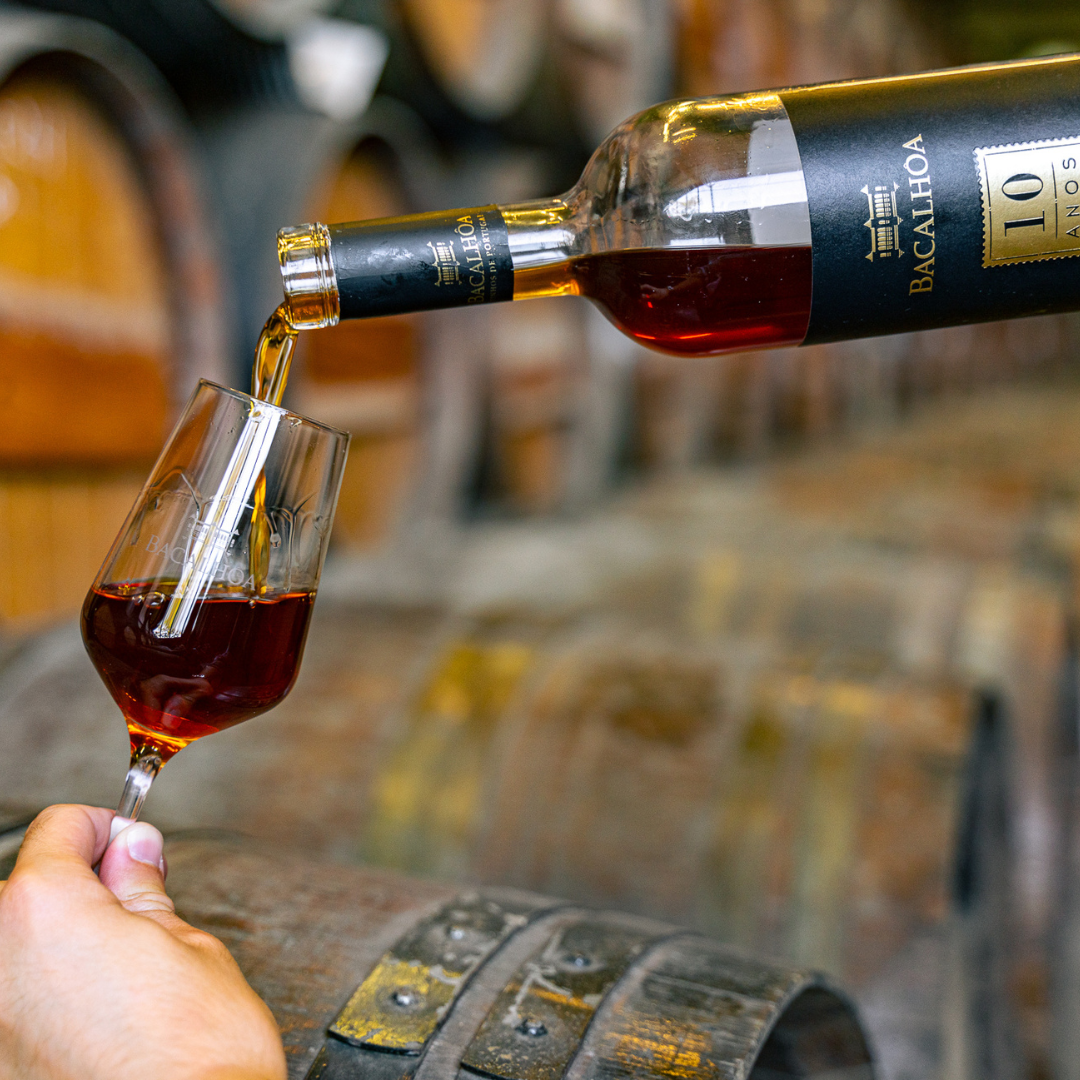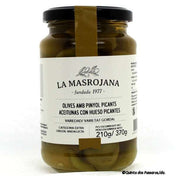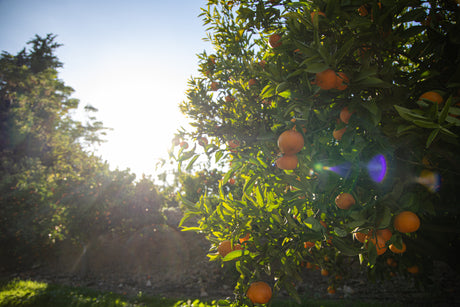Moscatel wine is one of the oldest and most traditional wine varieties in the world.
With its characteristically sweet taste, intense fruit aromas, and rich history, it is especially prized as a dessert wine. Moscatel , also called Muscat or Muscateller, has delighted wine lovers for centuries and remains a popular choice for those seeking a sweet and aromatic wine. In this blog post, we delve into the world of Moscatel wine and learn more about its origins, production, and versatile uses.
Origin and history of Moscatel wine
The history of Moscatel wine goes back thousands of years. The grape variety likely originated in the Middle East, specifically in present-day Egypt and Greece. The ancient Romans and Greeks cultivated Moscatel grapes and valued them both as table grapes and for wine production. Moscatel was already a popular wine in ancient Rome and enjoyed a reputation as a fine drink consumed on festive occasions.
Over the centuries, the grape variety spread along trade routes and found its way to various wine-growing regions in Europe, particularly Spain, Italy, and Portugal . Today, Moscatel is cultivated worldwide, but the most famous growing areas are in Spain (particularly in the Valencia region), Portugal (particularly in Setúbal) , Italy (in Piedmont), and France (in the Languedoc-Roussillon region).
The Moscatel grape: character and diversity
The Moscatel grape is known for its aromatic intensity. It is characterized by floral and fruity aromas reminiscent of orange blossoms, apricots, peaches, honey, and citrus fruits. There are numerous varieties of the Moscatel grape, with the Moscatel Blanco (white Muscat) being the most common. In addition to the white variety, there are also red and black varieties of the Moscatel grape, which are also used in winemaking.
A special feature of Moscatel wine is that the grape's natural aromas are transferred into the finished wine, giving it its distinctive aroma and flavor. Unlike many other wines, where terroir influences play a dominant role, the character of the grape always remains at the forefront of Moscatel wine. This diversity and broad spectrum of aromas make Moscatel an extremely interesting and complex wine.
The production of Moscatel wine
Moscatel is traditionally produced as a sweet wine, often served as a dessert wine. The key to Moscatel's sweetness lies in the ripeness of the grapes. The grapes are often harvested late, when they have reached a high sugar content. In some regions, such as Setúbal in Portugal, the grapes are even left to dry slightly in the sun after harvest to further concentrate the sugar content and make the wine even sweeter.
Moscatel wine can be produced in a variety of ways, depending on whether the wine is intended to be a dry, semi-dry, or sweet wine. Sweeter versions are often created by interrupting fermentation, stabilizing the must through refrigeration, or adding alcohol. This preserves some of the natural sugars in the liquid, giving the wine its characteristic sweetness.
In many cases, Moscatel is also produced as a "fortified wine," similar to port or sherry. In this method, brandy is added to the wine during fermentation to halt fermentation and increase the alcohol content. These fortified Moscatel wines are particularly long-lasting and can be aged for many years, gaining complexity and depth.
Moscatel wine as a dessert wine
Moscatel is often served as a dessert wine, and for good reason. Its sweet, intense flavor and fruity aromas pair beautifully with a variety of desserts. It pairs particularly well with fruit tarts, lemon tarts, crème brûlée, or other sweet desserts based on fruit or cream. Moscatel is also a popular choice for cheese platters, especially when paired with blue cheese or aged goat cheese.
A classic pairing is Moscatel with chocolate. The sweet, fruity flavor of the wine complements the bitter notes of dark chocolate, creating a harmonious taste experience. Moscatel also pairs well with nutty desserts like almond cake or hazelnut pastries.
Moscatel in the kitchen: More than just a dessert wine
Although Moscatel wine is primarily known as a dessert wine, it also offers many culinary possibilities. Due to its sweetness and intense flavors, it can be used in sauces or dressings to add a special touch. It's also excellent for flambéing fruit or as an ingredient in marinades for poultry or pork.
Moscatel is also increasingly being used in cocktails. Its aromatic character makes it an exciting ingredient for summer drinks or sparkling aperitifs. A simple Moscatel Spritz with soda, a dash of lemon, and ice is a refreshing accompaniment on warm days.
Conclusion: A wine for special occasions
Moscatel wine is a true gem in the world of sweet wines. With its long history, versatility, and distinctive flavor, it offers wine lovers a special drinking experience. Whether as an accompaniment to a festive dessert, as an ingredient in the kitchen, or enjoyed on its own, Moscatel always brings a touch of luxury and refinement to the glass.
If you're looking for a wine that will delight both novice and experienced wine drinkers, Moscatel is definitely worth exploring. Try it with your next dessert or as an elegant aperitif and let yourself be seduced by the sweetness and aromas of this unique wine.



